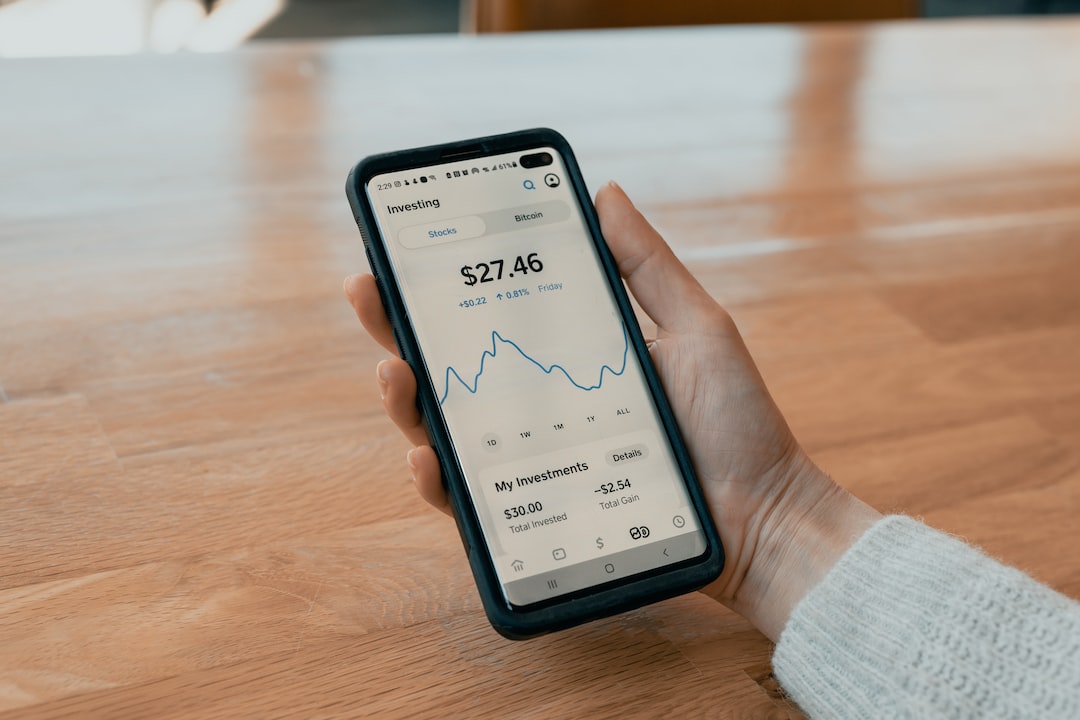Forex trading is an exciting and potentially lucrative activity that can be pursued by anyone with a computer and an internet connection. However, to be successful in forex trading, it is necessary to have a good understanding of the market and the various factors that influence it. Technical analysis is one of the most powerful tools available to forex traders and is essential for making informed trading decisions. In this article, we will discuss the various technical analysis tools available to beginner forex brokers and how they can help traders analyze the market.
Technical analysis is the study of past market data, primarily price and volume, to make predictions about future price movements. The theory behind technical analysis is that the market is not completely random and that patterns and trends can be identified and used to make profitable trades. There are several technical analysis tools available to traders that can help them identify these patterns and trends and make informed trading decisions.
One of the most basic technical analysis tools available to beginner forex brokers is the trend line. A trend line is simply a straight line that connects two or more price points on a chart. Trend lines are used to identify the direction of the market trend and can be used to make trading decisions. A trend line that is sloping upwards indicates an uptrend, while a trend line that is sloping downwards indicates a downtrend. Traders can use trend lines to identify potential entry and exit points for trades.
Another technical analysis tool that is commonly used by beginner forex brokers is the moving average. A moving average is a line that is plotted on a chart that represents the average price of an asset over a specified period of time. Moving averages can be used to identify trends and to smooth out price fluctuations. Traders can use moving averages to identify when a trend is starting or ending, and to identify potential entry and exit points for trades.
The relative strength index (RSI) is another technical analysis tool that is commonly used by beginner forex brokers. The RSI is a momentum indicator that measures the strength of a trend by comparing the average gains and losses over a specified period of time. The RSI ranges from 0 to 100 and is typically plotted on a chart along with the price of an asset. Traders can use the RSI to identify when an asset is overbought or oversold and to identify potential entry and exit points for trades.
The Fibonacci retracement tool is another technical analysis tool that is commonly used by beginner forex brokers. The Fibonacci retracement tool is based on the Fibonacci sequence, which is a series of numbers in which each number is the sum of the two preceding numbers. The Fibonacci retracement tool is used to identify potential levels of support and resistance in the market. Traders can use the Fibonacci retracement tool to identify potential entry and exit points for trades.
In conclusion, technical analysis is an essential tool for forex traders, and there are several technical analysis tools available to beginner forex brokers that can help them analyze the market. Trend lines, moving averages, the relative strength index, and the Fibonacci retracement tool are just a few of the technical analysis tools available to traders. By using these tools, traders can identify potential trends and patterns in the market and make informed trading decisions. It is important for beginner forex brokers to take the time to learn about these tools and to practice using them in a demo account before trading with real money.


















































